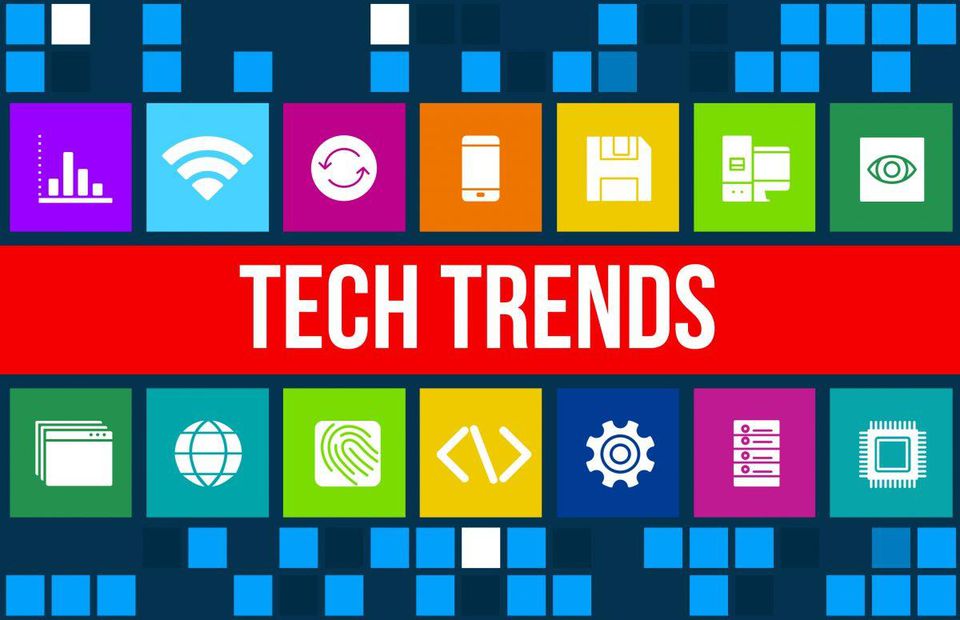In today’s rapidly modernising world, technology is assisting us in innumerable ways to create sustainable futures with enhanced degrees of comfort. Here’s presenting some innovations which took the world by storm in the past year:
1.Babel Fish Earbuds
Hands down among the most incredible and audacious technologies ever created, the Babel fish-in-ear translator makes it possible for two people to communicate in their native languages without any external resources.The idea originated from Michael Douglas’ best seller, ‘A Hitchhiker’s Guide to the Galaxy’, in which a fictional creature called a Babel fish could be inserted into one’s ear, enabling effortless communication. Using Natural Language Processing, Google has developed this product and is currently integrating it with its Pixel phones. This tool could truly revolutionize the way people communicate and is definitely worth keeping an eye(or should we say ear?) out in the future.
2. Artificial Embryos
Embryologists working at the University of Cambridge in the UK recently grew realistic-looking mouse embryos using only stem cells—no egg or sperm needed. Researchers at the University of Michigan and Rockefeller University are now pursuing the next step of making an artificial embryo from human stem cells.Stem cells can be coaxed to self-assemble into structures resembling human embryos.By growing embryoids, scientists see a way to unleash the full suite of modern laboratory tools—gene editing, optogenetics, high-speed microscopes—in ways that let them repeat an experiment hundreds of times or, with genetic wizardry, ask a thousand questions at once.Scientists at Michigan now have plans to manufacture embryoids by the hundreds. These could be used to screen drugs to see which cause birth defects, find others to increase the chance of pregnancy, or to create starting material for lab-generated organs. Ethical and political quarrels may not be far behind, but still, this technology promises path breaking discoveries in the field of medicine and research.
3. DNA Nanobot That Can Target And Destroy Cancer Cells:
Arizona State University (ASU) scientists, in collaboration with researchers from the National Center for Nanoscience and Technology (NCNST), of the Chinese Academy of Sciences made a major breakthrough in cancer treatment in February of 2018. They injected DNA nanobots in mice infected with human cancer cells.
The bots carried chemicals that cut off the blood supply of tumorous cells leading to their death. The nanobots could precisely locate tumorous cells and inject them with lethal chemicals. This is a much safer treatment than the traditional method of chemotherapy. Within a very short period, the rate of growth of the tumorous cells had considerably diminished with no negative side effects.
After such success, scientists are now hoping to bring this treatment to human patients.
4. Artificial Intelligence Enhanced CCTV:
All good security setups have a video surveillance system at its core such as the CCTV. Now with the advancements in Artificial Intelligence services, we can take our security a step further.
An inbuilt facial recognition system could identify potential criminals from a police database. This could help prevent crimes before they happen. Faceless recognition can help police build up a profile of the suspect with their other physical features. Environmental awareness systems can help to identify potentially threatening situations by identifying things that seem out of place and carrying out an analysis. Advanced image sharpening techniques can be used for obtaining high definition images of a small region in a large surveyed area. IoT devices can gather all this information and more and gather them in a central database for future use.
This system will not only make catching criminals an easier task but will also greatly reduce crimes from happening in the first place.
5. Self Healing Materials
Materials that we come into contact with every day are subject to wear and tear. Self-Healing materials aim to change this. Much like our own skin, these substances have an in-built ability to repair any damages to themselves without our intervention or diagnosis.
How do they work? Well, most of them have built-in micro-capsules filled with an adhesive like substance used for repair. If the object gets damaged, these capsules rupture and the chemical leaks out to seal the cracks.
This neat little trick can have all sorts of applications especially when it comes to construction. From paints that can survive harsh weather to bridges and buildings that repair their own cracks over time. Their implementations know no bounds. In the future, we may even be able to use a very advanced iteration of these substances to build artificial organs to mimic the self-healing nature of the real human body.
6. Amazon Alexa and Google Home take over households
The AI-powered voice assistants developed by the world’s two leading tech giants are generating rave reviews and unprecedented success all across the globe. More and more customers are investing in this new technology which everyone seems to love. One of the major reasons behind this craze for tech is just the appeal and ingenuity of these products. Providing a variety of services, right from playing music to online shopping transactions, these devices have made our lives easier in all aspects. The ease of use, affordability and sustained performance have truly endeared these devices to the new generation. The progress never stops though, and Google and Amazon are continuing to further improve and streamline the algorithms behind these products. However, the existence of such technologies provide fire to the endless human intelligence vs artificial intelligence debate, as to what extent should we let these devices into our lives, lest the day will not be too far when instead of our kids telling alexa what to do, it may well be the other way round…

